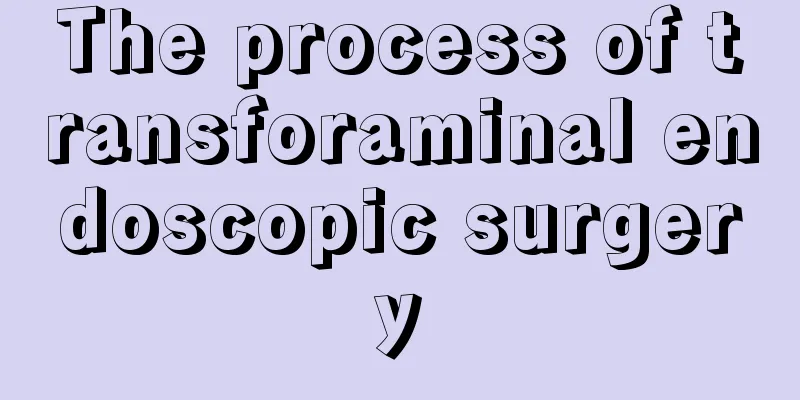Sequelae of bilateral thyroidectomy

|
Nowadays, people's bodies are in a sub-healthy state and diseases may occur at any time. Thyroid disease is a very common disease that is very harmful to the body. Surgery is the only treatment method, but any surgery may involve risks, so it is better to be cautious when undergoing surgery. So, what are the sequelae of bilateral thyroidectomy? Next, let me give a detailed introduction. Postoperative dyspnea and suffocation. This is the most critical complication after surgery, and it usually occurs within 48 hours after surgery. Common causes include: bleeding within the incision, hematoma formation, tracheal compression; tracheal collapse; laryngeal edema; and bilateral recurrent laryngeal nerve injury. Thyroid storm. The cause of the disease has not yet been confirmed. The crisis is often caused by insufficient preparation before surgery and failure to control hyperthyroidism symptoms well. Thyroid crisis usually occurs within 12 to 36 hours after surgery, and is manifested by high fever, rapid and weak pulse (more than 120 beats per minute), irritability, delirium, and even coma, often accompanied by vomiting and watery diarrhea. Hand and foot convulsions. If the parathyroid glands are mistakenly removed during surgery, or if they are bruised or their blood supply is compromised, it can cause hypoparathyroidism and the blood calcium concentration may drop to below 8mg%. In severe cases, it may drop to 4mg% to 6mg%, which can significantly increase neuromuscular irritability and cause hand and foot cramps. Symptoms usually appear 1 to 3 days after surgery. Most patients have mild and short-lived symptoms, with only tingling, numbness or stiffness in the face, lips, hands and feet. In severe cases, persistent spasms of the facial muscles and hands and feet may occur, with attacks occurring multiple times a day, each lasting 10 to 20 minutes or longer. Hoarseness. It is mainly caused by direct damage to the recurrent laryngeal nerve during surgical operations, such as cutting, suturing, ligation, clamping, etc.; a few are caused by hematoma compression or traction of scar tissue. The former develops symptoms during surgery or immediately after waking up from general anesthesia, while the latter develops symptoms several days after surgery. Hoarseness caused by cutting and suturing is a permanent injury; hoarseness caused by traction by clamping or compression by hematoma is mostly temporary and can generally be gradually recovered after 3 to 6 months of treatment. Because the thyroid gland has undergone irreversible disease, combined with the physical condition, we finally decided to undergo a resection surgery. It is not that we are missing anything because of this, but this resection surgery was performed for a better life and a healthier body. After the operation, you need to pay more attention and add more nutrients to your diet so that your body can gradually recover. |
<<: Are there any sequelae to sprained ligaments of the foot?
>>: Sequelae of zirconium dioxide all-ceramic teeth
Recommend
Postoperative complications of pyloric stenosis
Pyloric stenosis mostly occurs in infants. If the...
What are the symptoms of brain glioma
Everyone knows that the structure of the brain is...
What medicine is good for small cell lung cancer
Now more and more people are suffering from small...
What is the reason for goose bumps on the nose?
In daily life, goose bumps on the nose are a comm...
What can people with diabetes eat? Have you eaten all of these?
In recent years, the incidence of diabetes has be...
TCM treatment for advanced prostate cancer
The prostate is a male-specific sex gland organ. ...
What is the effect of cycloadenosine meglumine for injection
Worldwide, one person dies from heart disease eve...
What should I do if I feel uncomfortable in my stomach and always want to vomit
The stomach is an important organ in the human bo...
Can ultrasound be used to remove mites?
Mites are very tiny creatures that are widely pre...
Can people with uterine cancer eat durian?
Many women are familiar with uterine cancer. This...
How can we effectively prevent rectal cancer?
In order to avoid the trouble of rectal cancer, w...
Can I eat more dragon fruit?
Dragon fruit is a tropical fruit. April to Novemb...
Will primary liver cancer be hereditary?
Will primary liver cancer be hereditary? The mort...
Reasons for bad breath when waking up in the morning
There are many reasons why you find yourself havi...
Tips for removing scale from kettle
There are many life hacks that most people are no...









